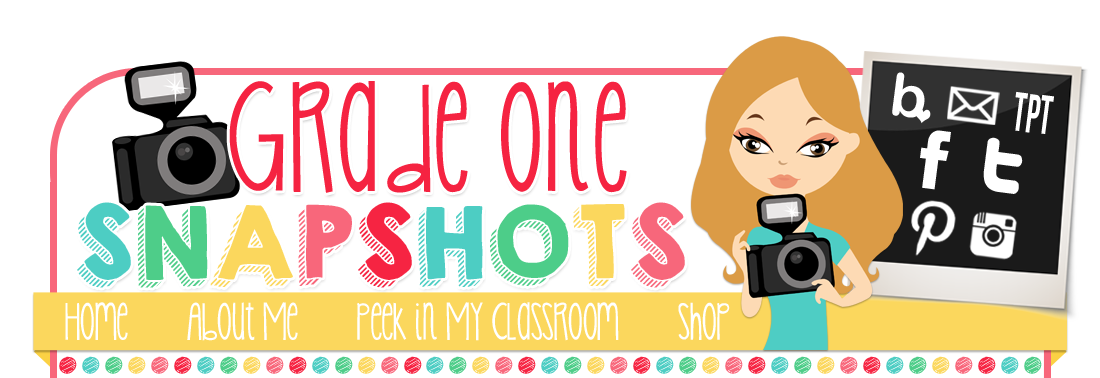Measure to find out how long your space is, and then divide that number in half to find the middle. Or, if you aren't in the mood for perfection, use a reference point (flooring, ceiling tiles, joints between whiteboards, etc.) Mark the middle spot with a pencil mark or a push pin or a sticker.
Find the poster that you want to place at the center of your horizontal display. If you have an odd number, it's easy (with 21 posters, the 11th poster is the middle. If you have an even number, just find the two middle (with 20 posters, find the 10th and 11th posters).
For an odd number of posters, put the middle poster smack dab in the center (on top of the middle mark). For an even number of posters, this middle point is going to be your middle gap. I like to use either push pins or sticky putty so that my initial poster placement can be checked for even spacing before I use staples.
After putting up your middle poster(s), work your way out to the left and the right by using a ruler or other spacing guide (see the cardstock I used below) to make all of the gaps even.
By doing this, you'll end up with an even empty space on the left and the right! Pain free :)
And a freebie!
Step 1: Measure your total length that you want to fill up.
For example, say you have 200 inches of space above your boards. You want to fill up that space with some posters and you want it to be evenly spaced.
200 inches is your total length
Step 2: Count how many pieces you want to put up. Let's say you have 21 posters.
Step 3: Measure the width of each poster. Let's say each poster is 8.5 inches wide.
Step 4: Multiply the number of posters by the width of each poster (I know, this is so obvious...but I've seriously been so desperate to have something fit before, that I have skipped this and felt ridiculous after). For our example, we get 178.5 inches. As long as this number (total poster space) is less than your total length, you are good to go. So far, this is nothing new!
Step 5: Subtract your total poster space from your total length. 200-178.5=21.5 This is the amount of space that can be divided between each poster. Because we have 21 posters, there are 20 spaces between them (there will be either a bit more or a bit less on each end). Each space is going to be around 1 inch.
Step 6: take a piece of cardstock and cut it to the width of each space (for our example it is 1 inch). Use this as your spacer. Start either at the left, the right, or the center. I prefer the center even if I have measured.
Math check: 8.5 inches plus 1 inch in between = 9.5 inches. 9.5 times 20=190, plus 8.5 for the last poster = 198.5. I don't know about you, but that's close enough to 200 as far as I'm concerned!
If you are looking for the number posters pictured above, they can be found here.
















